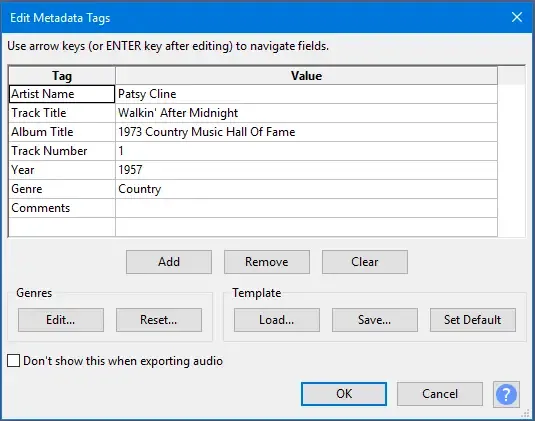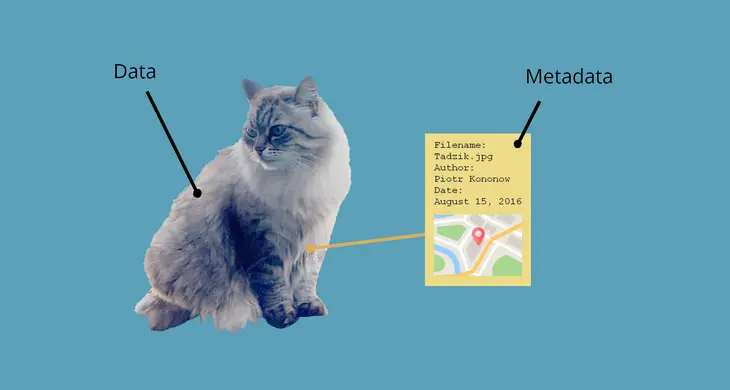In this article, you’ll learn:
The world of business becomes more digitally focused with every passing day. As organizations from various industries move online to sell products, deliver customer service, and produce marketing campaigns that can be sent straight to consumers’ devices and social media feeds, the amount of content produced is immense.
With this bank of content being so large (and growing every day), new systems are required to gain oversight of it. When using this software - DAM systems are perhaps the most common and comprehensive method out there - tagging metadata becomes vital.
To accurately document, search for, order, explore, and analyze content, as well as support your strategy into the future, tagging is vital. It essentially acts as a convolutional neural network model for your digital content, identifying patterns where there would otherwise be chaos.
In this blog, we’ll look at what metadata tagging is, explore the different types that exist, and discuss strategy.

What is metadata tagging?
We now need to define what metadata tagging is. There’s no point in exploring its uses or strategic goals if you don’t understand the concept. After all, you wouldn’t sign up for a new project management tool using scrum without first knowing what it is.
For instance, before signing on the dotted line for new software for signing documents, you’d want to find out the average electronic signature software cost and how it worked. Apply the same logic when seeking metadata tagging and DAM systems.
Simply put, metadata is a descriptive tool used to give the “main” data some meaning. It may be hidden from public view, but it allows people to understand this data better.
For example, Twitter has recently introduced “alt” text on posts that include an image. This is provided by the poster and is used by those who are blind or in some way unable to consume visual data to describe it in written or spoken form.
It’s also handy when storing data in DAM systems. When content is uploaded to a DAM, tagging should be included as a way of easily identifying it. This helps with organizational tasks, as you can search tags to see groups of similar content already in the system.
The types of metadata
As with so much in the digital world, metadata tagging is a multi-faceted discipline. The advantages gained from using it to tag a piece of content are made even clearer when you discover the different types of metadata that exist.
Structured metadata. We’re starting with the most important type of metadata out there. Structured metadata assists in the building of a company databank and asset management classification.
Unlike other types of metadata, which we’ll cover shortly, you have full control over structured metadata. It allows you to categorize pieces of content in a customizable manner, meaning it always fits with the internal company language.

Inherited metadata. As the title suggests, inherited metadata is the information a piece of content comes with. There’s little to no room for changing it. For example, the format, size, and pixel rate of an image are unavoidable elements of its metadata but ones you can still use to your advantage when including them in DAM systems.
Descriptive metadata. The most superficial and thus most difficult type of metadata to create hard and fast rules for. Descriptive metadata describes content using features, colors, and other visual points of difference. If you had a picture of a brown horse included in your DAM, tags like “horse”, “brown”, “saddle”, and “rider” are all useful metadata tags to use.
Embedded metadata. Unlike inherited metadata, embedded metadata is optional. It arrives included in the content but can be amended to bring it in line with your expectations. For example, the information behind who took a photo and on what camera would come under embedded data.
Metadata tagging strategy

The different types of metadata and the tagging that goes along with them give companies the ability to customize in the way that best complements their operation and ways of working.
This can be set up to either best suit a team behind the scenes or customers on the other side of the proposition. Regardless of which you choose, having a strategy and style for your metadata tagging is essential to ensure nothing gets lost, which is likely to happen if everyone is given free rein.
Tagging by content type - e.g. “video”, “audio”, “image”, “graphic” - the event and year it was produced - for instance, “Christmas 2021”, “Easter 2020”, “Halloween 2021” - and the place where the data is used - for example, “website”, “social media”, “email” - allows you to build a data set that accommodates what people may search for in the future.
Going into metadata tagging without a thought about how it’s going to work means you may as well not bother in the first place. The whole point of it is that it makes things easier to find, so build that ambition into it from the start.
A concise but clear approach is the best way to balance your strategy. Give enough information so anyone from any team can find what they’re looking for without going over the top.
This also helps with the upkeep of your metadata, much like the equivalent of an ML pipeline monitoring check. You don’t want to turn metadata tagging into a laborious task, nor one that delivers diminishing returns with each unhelpful tag added.
Conclusion
In this blog, we’ve taken a look at metadata tagging. We’ve outlined what the concept is and the different types that are out there. We’ve also explored how each of these can work in a real-world setting and give some tips on how to develop a metadata tagging strategy.
Having a grip on your digital assets is only going to become more necessary as digitization increasingly becomes the norm for businesses. Getting started on menial tasks like metadata tagging today means not having to start from scratch in a year or so’s time, allowing you to spend resources and money on things that matter more to driving your company forward.
Did you enjoy this article? Give Pics.io a try — or book a demo with us, and we'll be happy to answer any of your questions.
Author
cybersecurity analytics and operations SME-News LinkedIn




